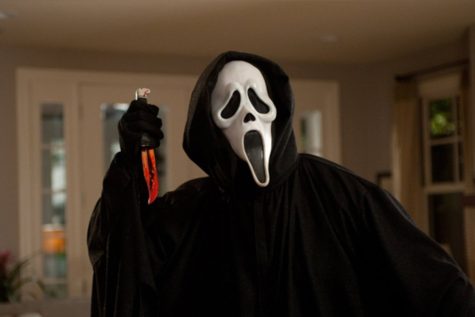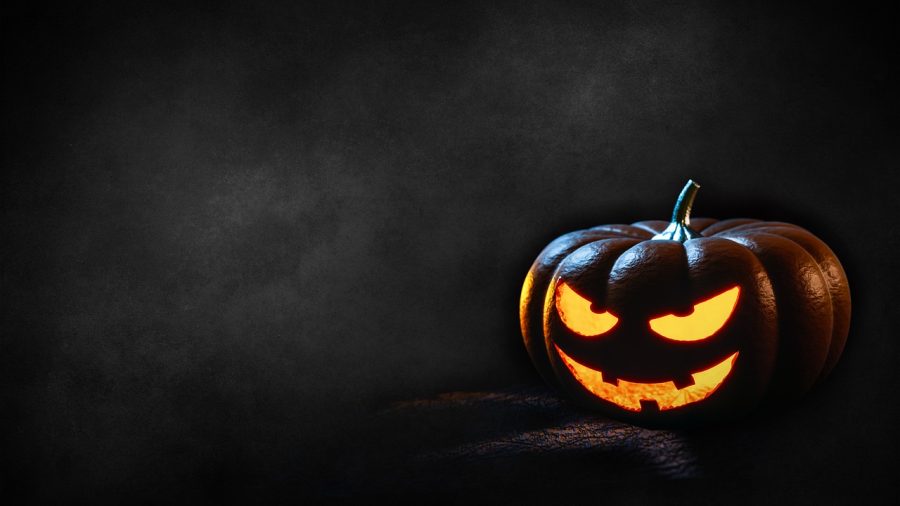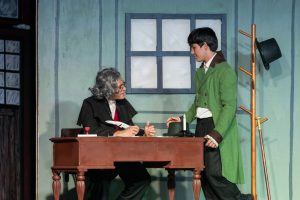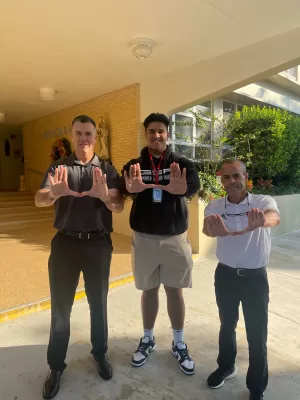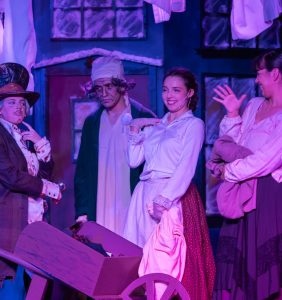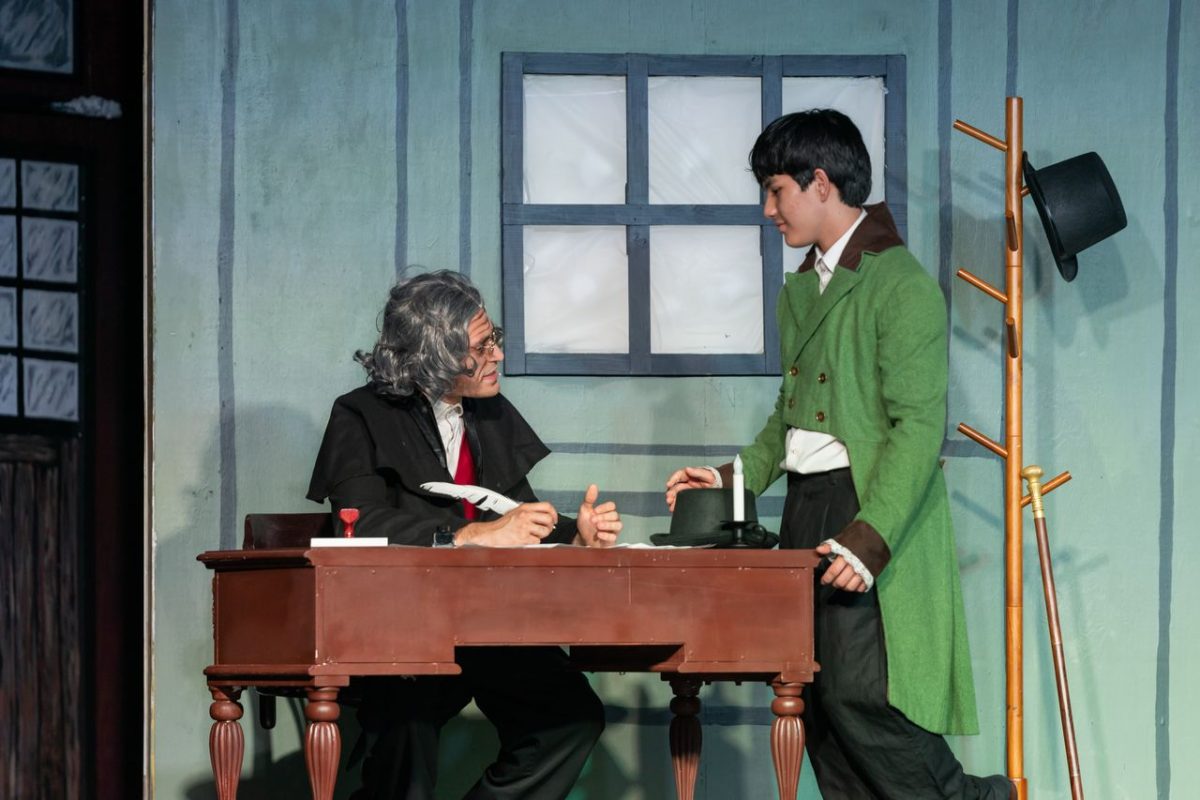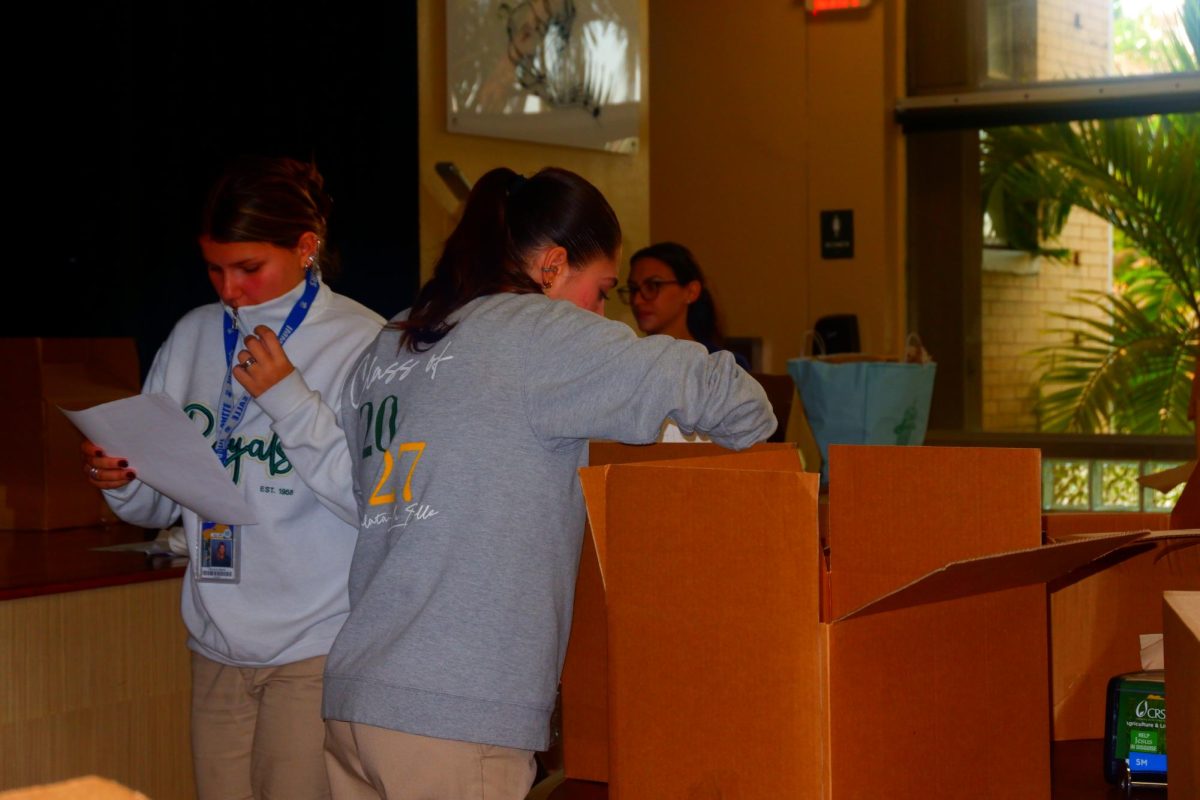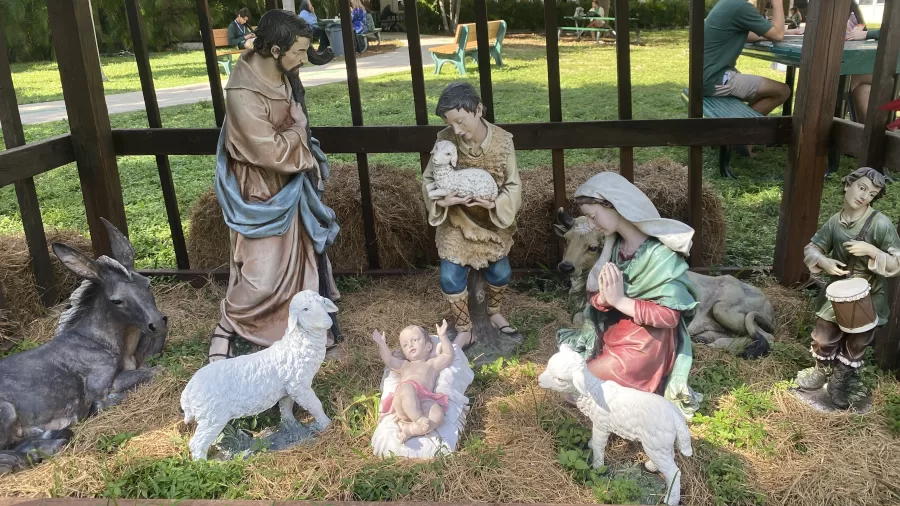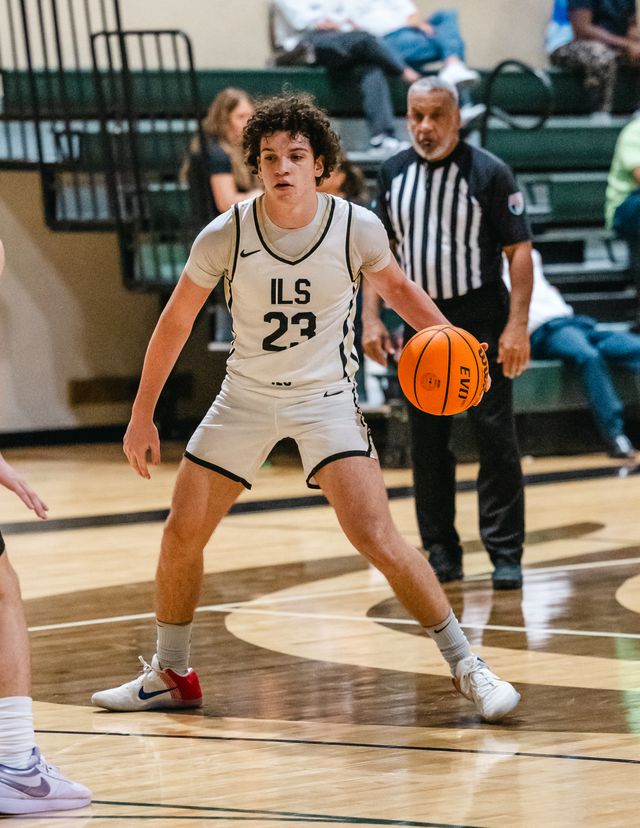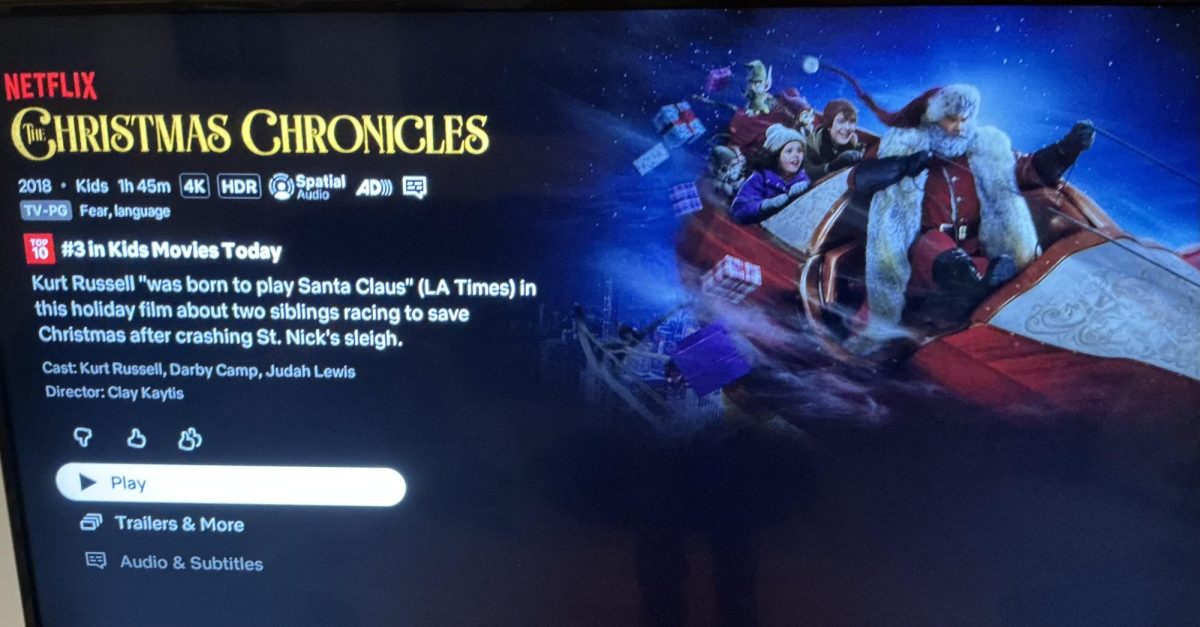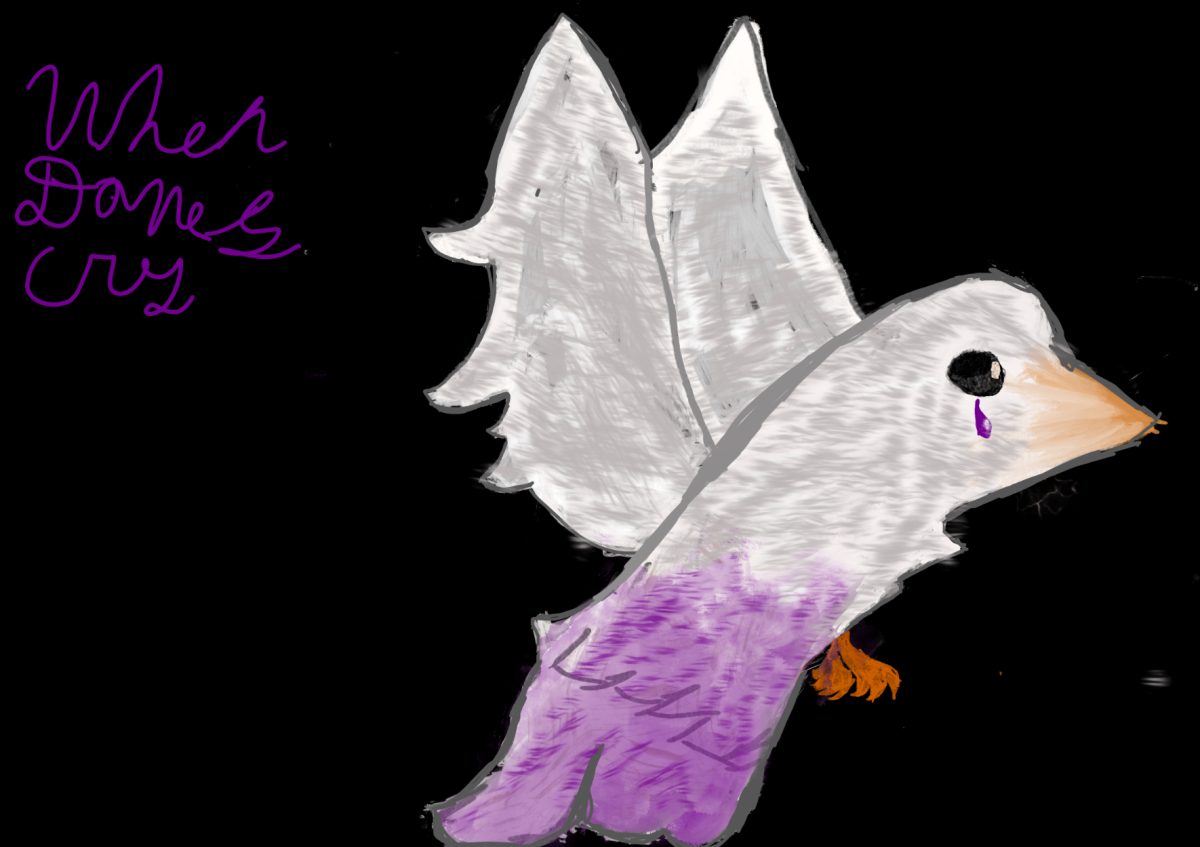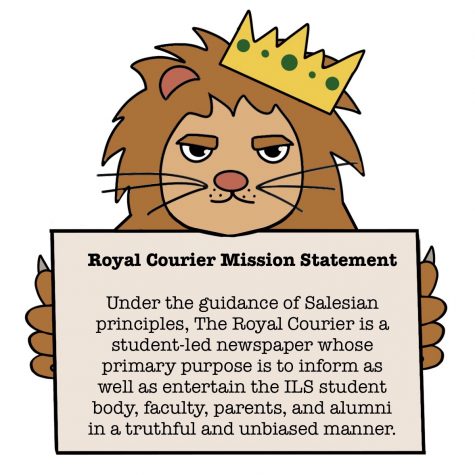How Events from 2,000 Years Ago Impact Traditions Today
October 21, 2022
Halloween, a holiday celebrated each year October 31, originated with the ancient Celtic festival of Samhain. People would light bonfires and wear costumes to ward off ghosts in the eighth century. The Celts, who lived 2,000 years ago in parts of Western Europe, celebrated their new year every November 1. This day marked the end of summer and the harvest, and the beginning of the dark, cold winter, a time associated with death.
Pope Gregory III designated November 1 as a time to honor all saints. Soon, All Saints Day incorporated some of the traditions of Samhain. The evening before became known as All Hallows’ Eve, and later Halloween.
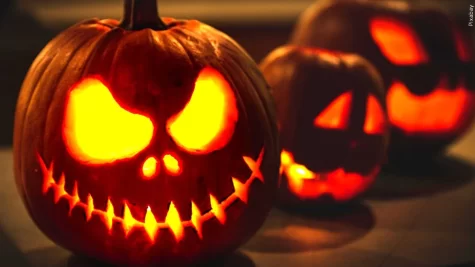
It was at first not celebrated in the entirety of America because of the Protestant belief systems in colonial New England. Halloween was much more common in Maryland and the southern colonies. The very first celebrations included events held to celebrate the harvest. Neighbors would share stories of the dead, dance, and sing. It soon evolved to be a day of activities like trick-or-treating, carving jack-o-lanterns, festive parties, costumes and treats.
Borrowing from European traditions, Americans began to dress in costumes and go house to house asking for goods or money, a practice that eventually became today’s “trick or treat” tradition. Young women believed that on this day they could divine the name of their future husband by doing tricks with yarn, apple parings, or mirrors. It has since evolved from the start and keeps evolving yearly. It’s brought about the amazing genre of horror with awesome movies created every year.
